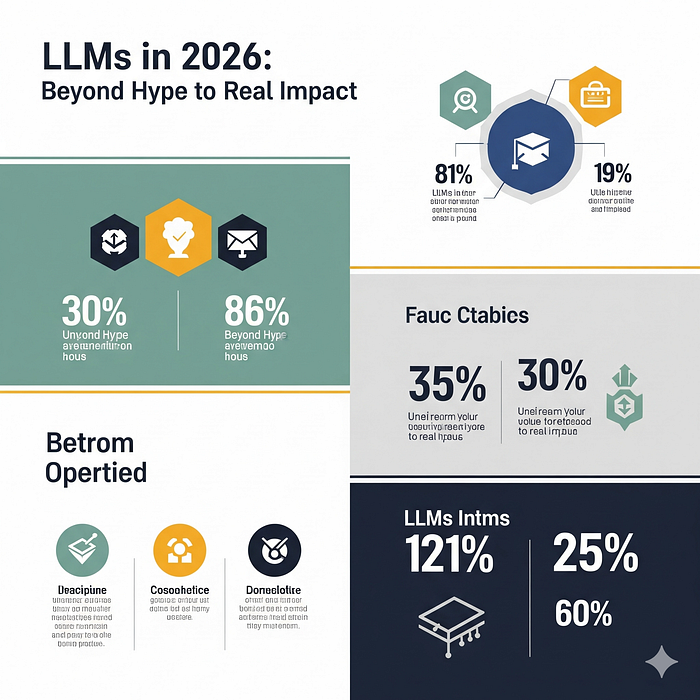
The year 2026 marks a turning point: large language models (LLMs) stop being futuristic buzzwords and become operational game changers. According to AI strategist Nate Patel, they’re no longer just about generating text — they’re now deeply embedded in real-world workflows across multiple industries.
Here’s a breakdown of how LLMs are transforming businesses, the opportunities ahead, and the challenges that come with this shift.
What Exactly Are LLMs Doing Today?
LLMs are a type of AI trained on massive amounts of language data — but by 2026, they’ve evolved far beyond simple chat interactions. They can now:
- Reason and make decisions, not just predict the next word.
- Summarize and interpret complex data, like reports or datasets.
- Write code, understand it, and help automate development tasks.
- Power workflows autonomously, helping organizations run more efficiently.
These enhanced capabilities mean LLMs are central to digital transformation strategies. They help companies cut costs, scale faster, and generate insights in ways that were previously too labor-intensive.
Industry-by-Industry: Where LLMs Are Already Making a Difference
Here is a quick tour through the top sectors where LLMs are having a real impact — with Nate’s real-world examples:
1. Healthcare: Smarter, More Personalized Care
- Diagnosis support: Doctors are using LLM-powered tools to analyze patient history, symptoms, and the latest medical research — helping them arrive at more accurate diagnoses.
- Patient engagement: AI agents handle follow-ups, provide information, and engage patients in empathetic conversations.
- Research acceleration: LLMs speed up literature review and drug-discovery insights, helping researchers connect dots faster.
Example: Hospitals are already using LLMs to reduce time-to-treatment and lower administrative costs by nearly 30%.